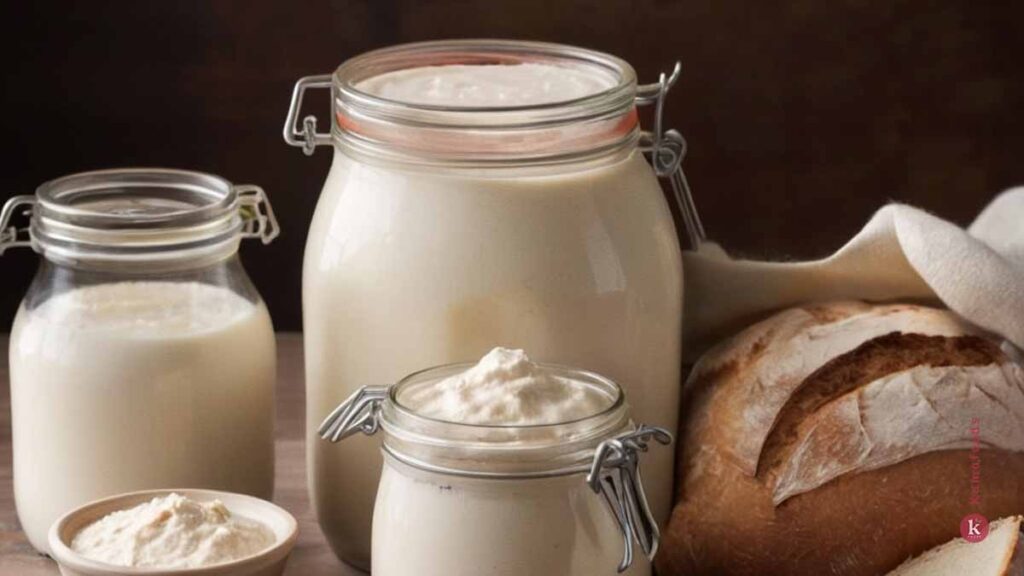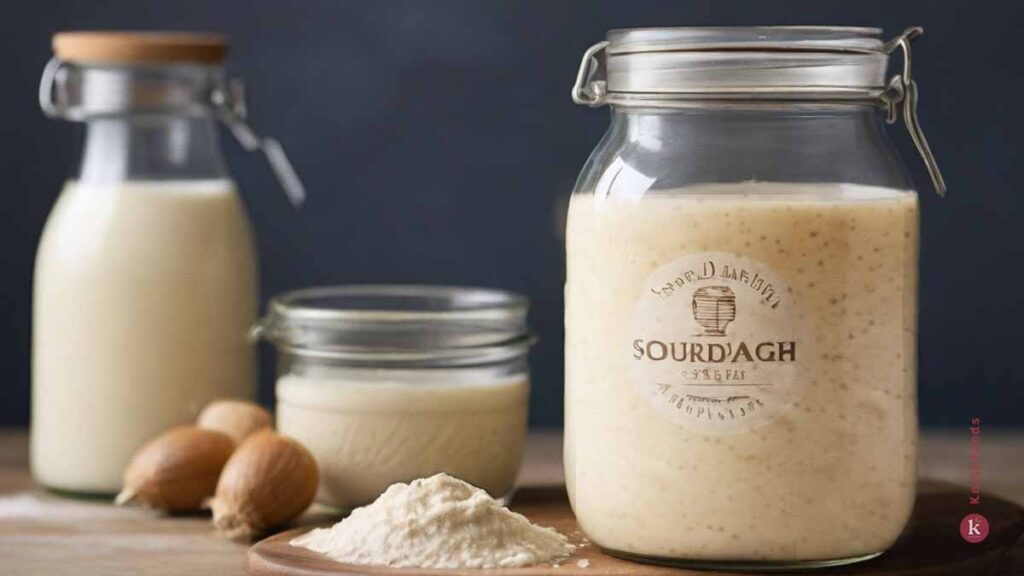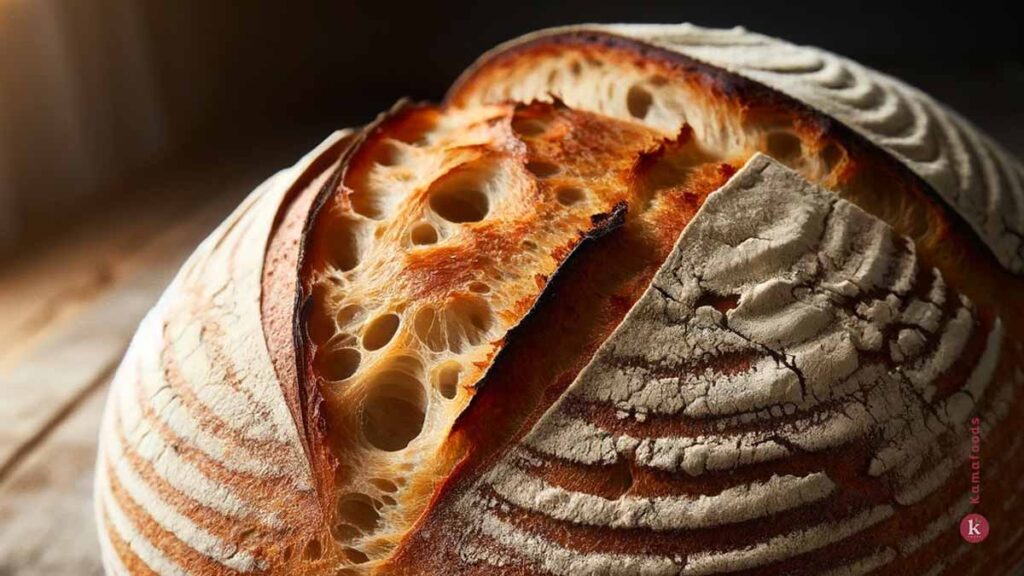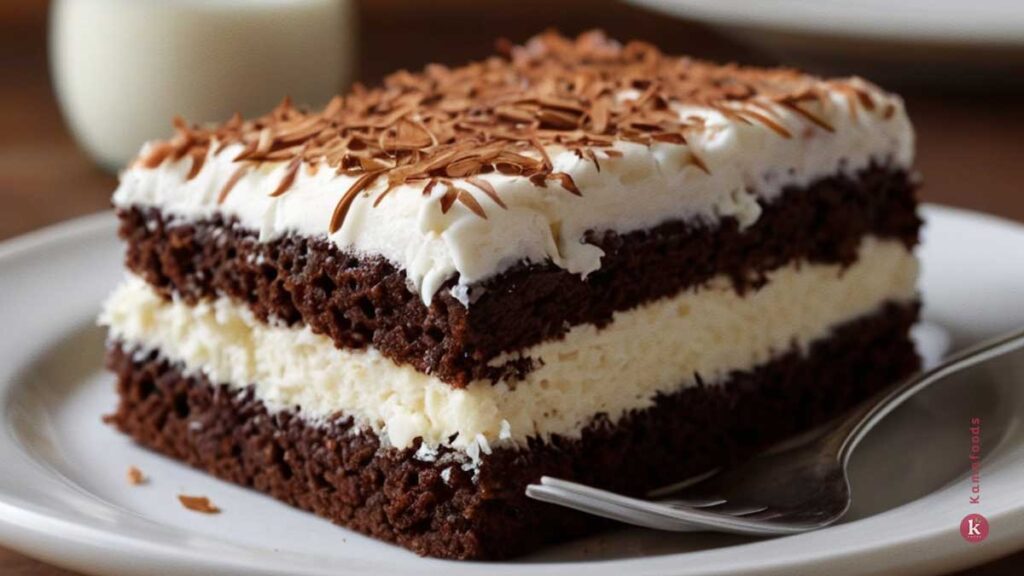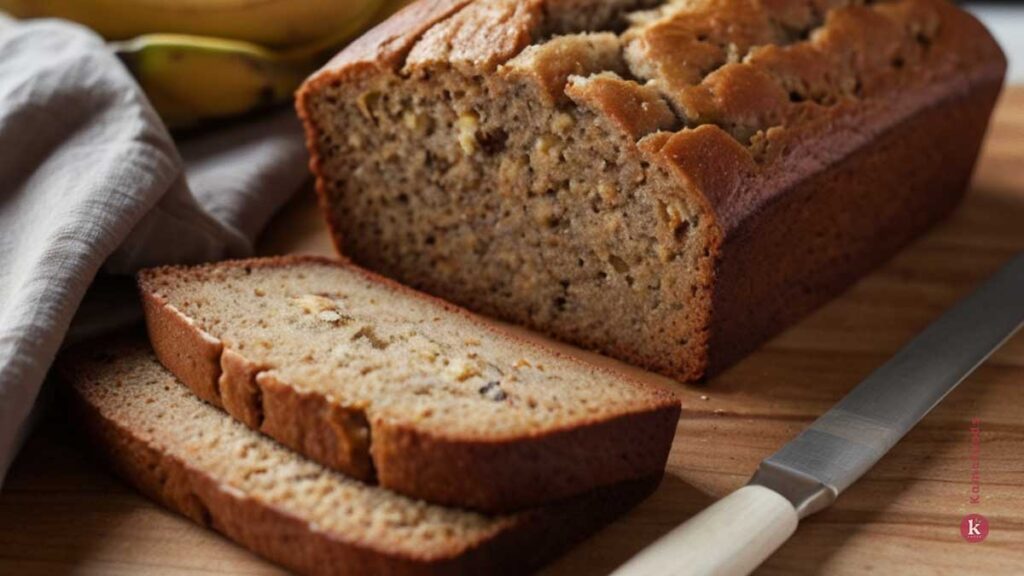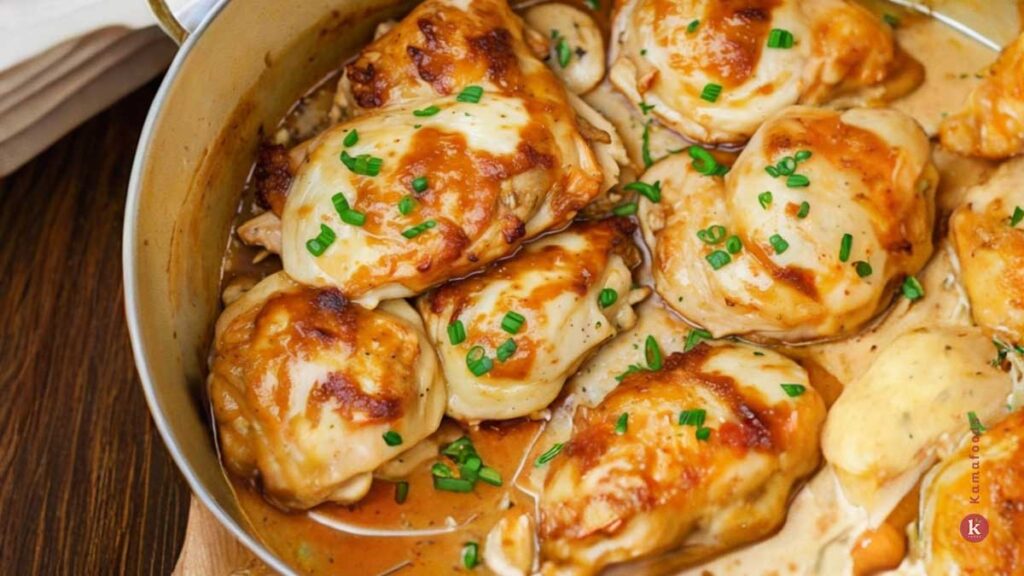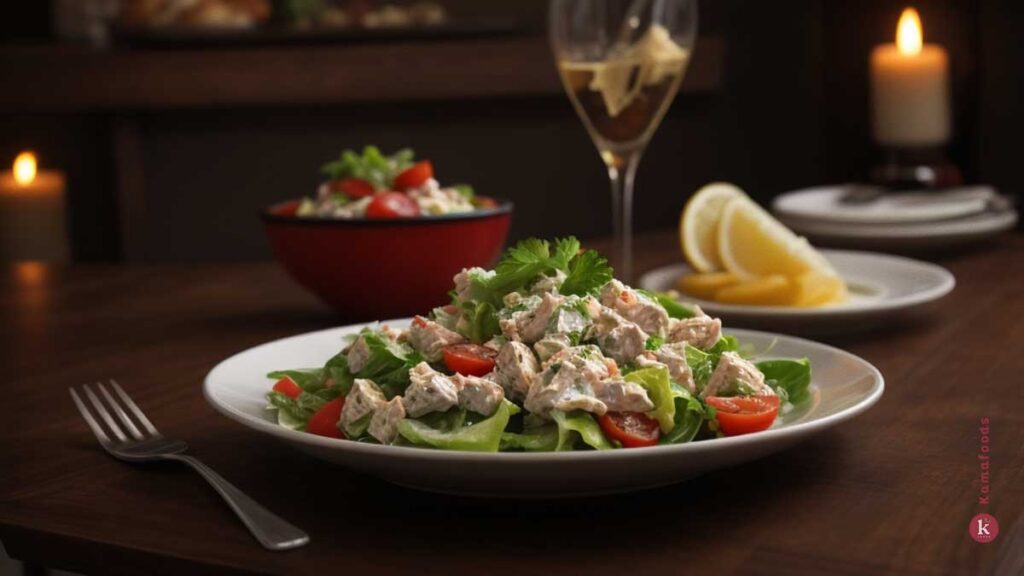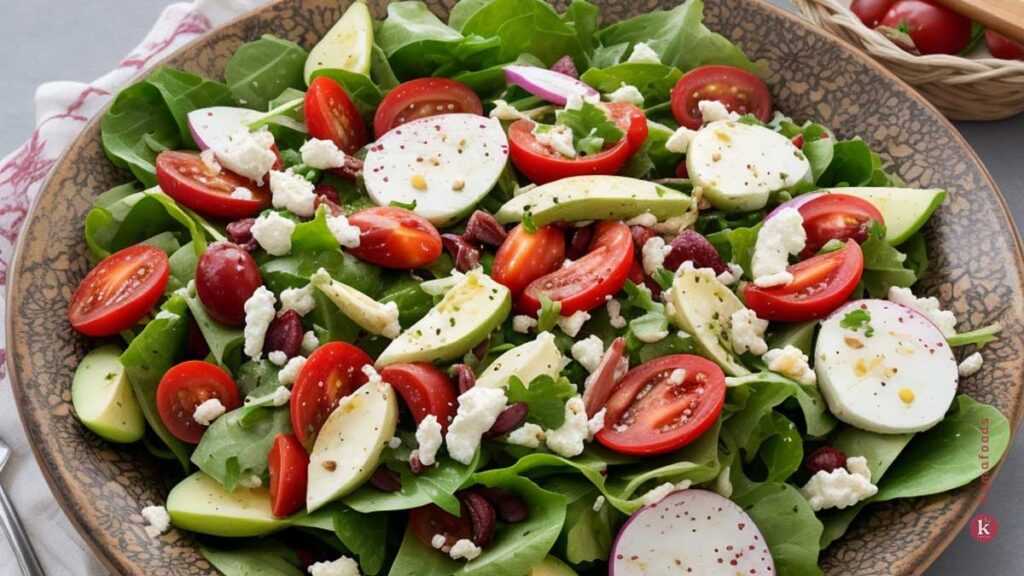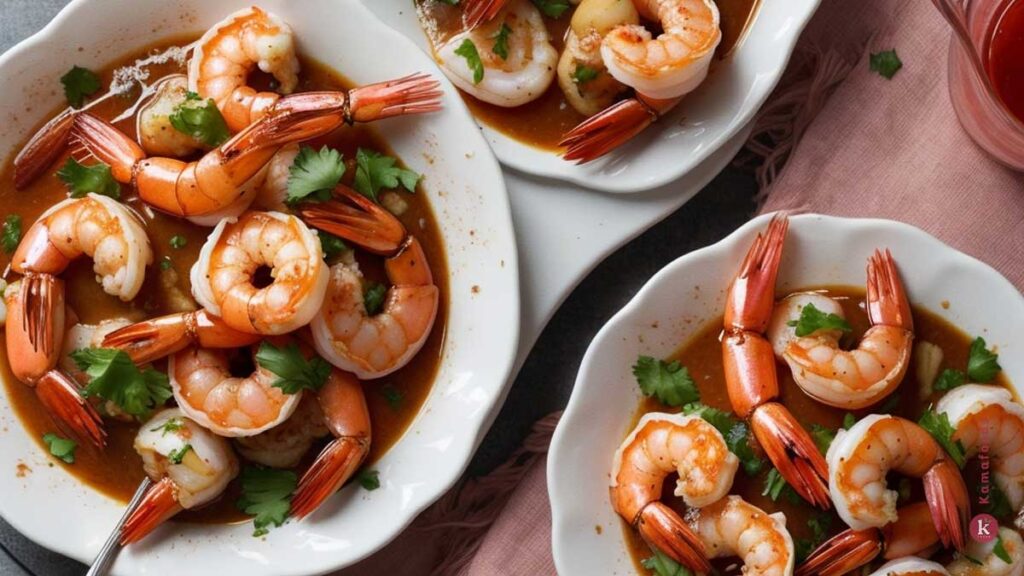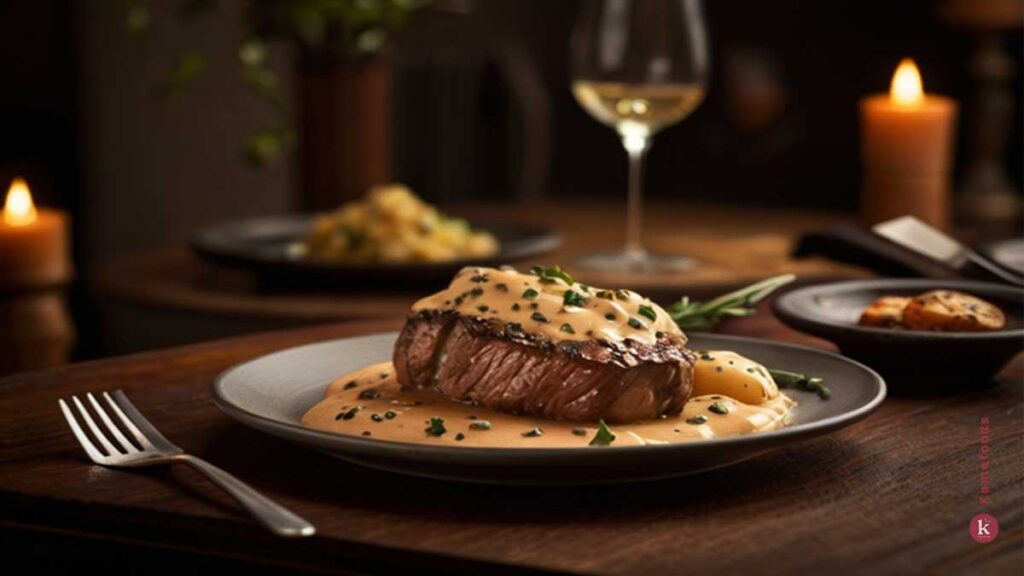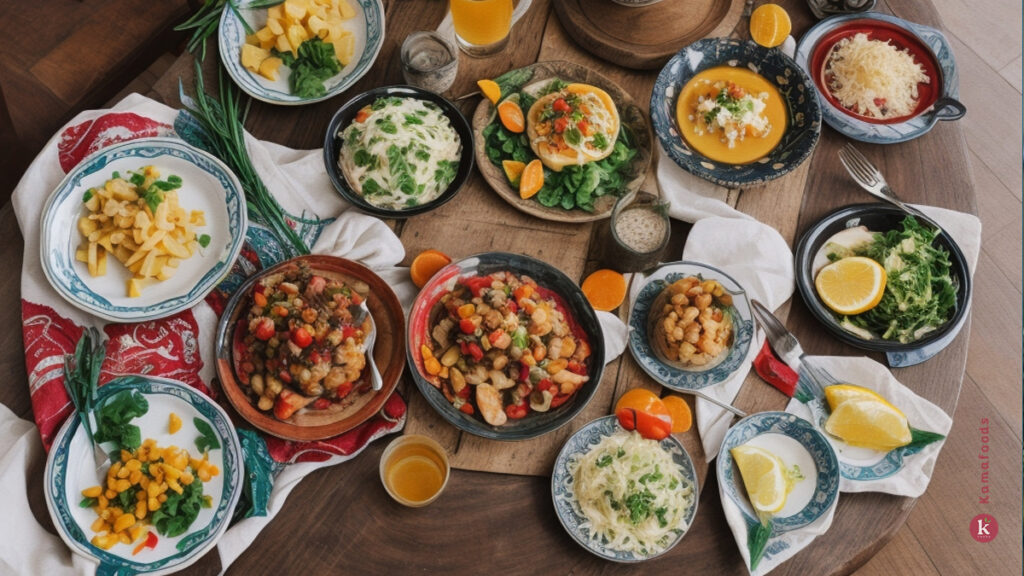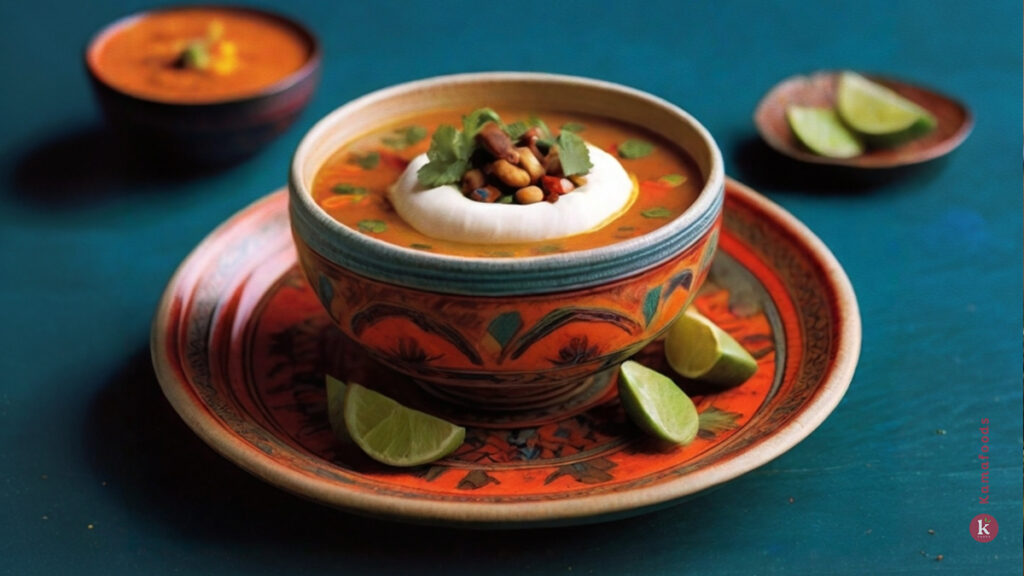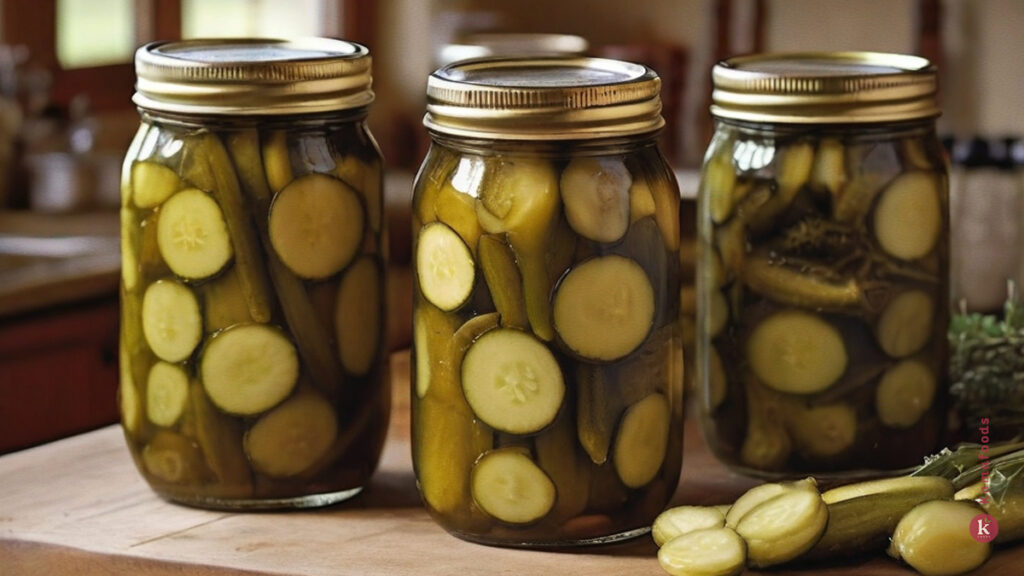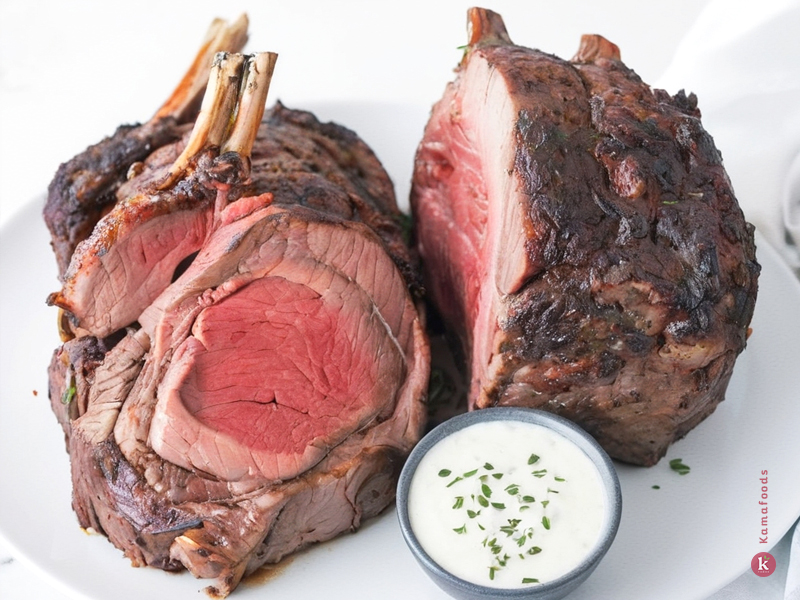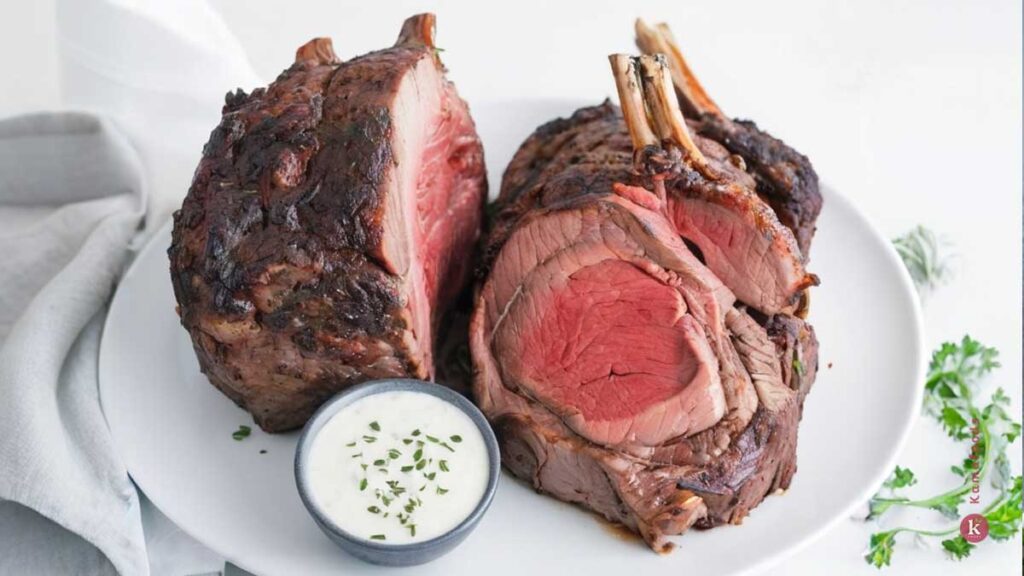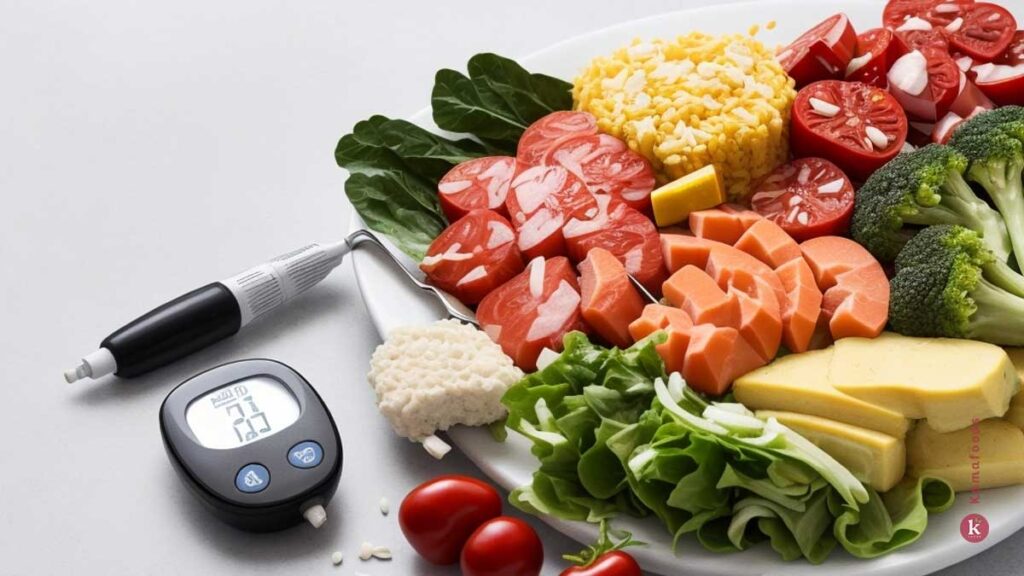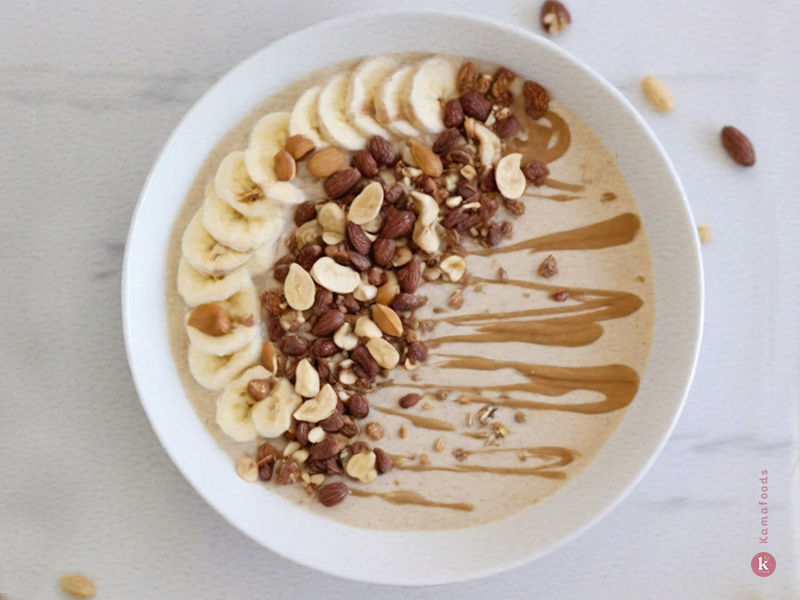The Ultimate Guide to Making Authentic Spaghetti Carbonara
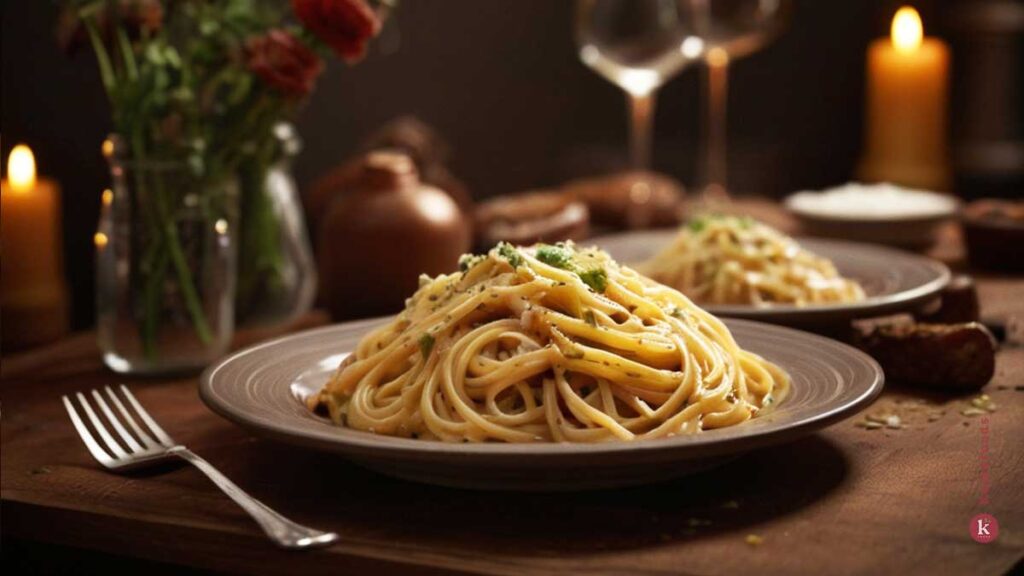
Spaghetti Carbonara is a quintessential dish that embodies the essence of Italian cuisine. Its creamy texture, rich flavors, and simple yet sophisticated preparation have made it a favorite among pasta lovers worldwide. This guide will take you through the journey of creating an authentic Spaghetti Carbonara, touching upon its history, key ingredients, and cooking techniques, complemented by FAQs to help you master this classic dish.
History and Origin
The origins of Spaghetti Carbonara are as rich and contested as the dish itself. Rooted in the heart of Rome, the dish is believed to have gained popularity post-World War II. Several theories exist about its inception:
- One suggests it was a hearty meal for Italian charcoal workers.
- Another credits the influx of American soldiers and their rations of eggs and bacon as the inspiration.
- A third theory posits its existence in Roman taverns, only becoming widely known after the war.
Regardless of its true beginnings, Spaghetti Carbonara has become a symbol of Roman culinary tradition.
Key Ingredients and Substitutes
The simplicity of Spaghetti Carbonara lies in its ingredients, each playing a pivotal role in creating its signature flavor:
- Guanciale: The star of the dish, offering a depth of flavor that is hard to replicate. Pancetta is a commonly accepted substitute, though it alters the flavor profile slightly. For those interested in diving deeper into traditional Italian cooking techniques, the Italian Culinary Institute offers valuable insights.
- Pecorino Romano: This sharp, salty cheese adds a layer of complexity. Parmesan can be used in a pinch, but the taste will vary.
- Eggs: The binder that brings the sauce together, creating a creamy, silky texture without the use of cream.
- Pasta: Traditionally, spaghetti is used, but other long pasta can work in its absence.
- Black Pepper: Freshly cracked black pepper adds warmth and spice, elevating the dish.
Understanding the balance and quality of these ingredients is crucial for the authentic Carbonara experience.
Cooking Techniques and Tips
Step-by-Step Cooking Guide
- Start by cooking the pasta in salted boiling water until al dente.
- Render the guanciale (or pancetta) in a bit of olive oil until it’s crispy but not hard.
- Beat the eggs and Pecorino Romano together, then combine with the pasta and guanciale, using some pasta water to create an emulsified sauce that clings to the pasta without scrambling the eggs.
Avoiding common mistakes is key. Never rinse the pasta, as the starch is essential for the sauce’s texture. Also, keep the pan off the heat when adding the egg mixture to prevent curdling.
Regional Variations and Serving Suggestions
While the traditional Spaghetti Carbonara recipe is revered, regional variations exist, showcasing the versatility of this dish. Whether incorporating different types of cured meat or cheese, the essence of Carbonara can be adapted while maintaining its core principles.
Serving suggestions include a simple side salad or garlic bread, and when it comes to wine, a medium-bodied white wine complements the dish beautifully. For wine pairing suggestions, Wine Enthusiast is an excellent resource.
FAQs
- Can Spaghetti Carbonara be reheated? Yes, though care should be taken to avoid overheating, which can scramble the eggs. Gently reheating over low heat is best.
- Is Spaghetti Carbonara healthy? While indulgent, portions can be adjusted, and leaner meat can be used for a healthier version.
- What’s the difference between Carbonara and Alfredo? Alfredo typically uses cream and butter, while Carbonara relies on eggs for its creaminess.
By following this guide, you’ll be well on your way to creating a delicious, authentic Spaghetti Carbonara that pays homage to its Roman roots. Remember, the quality of ingredients and adherence to traditional techniques are what make this dish a timeless classic in Italian cuisine.
- Sourdough Discard Recipes
- Sourdough Starter
- Sourdough Bread
- Mounds Poke Cake Recipe
- Rich Banana Bread
- Lemon Strawberry Trifle: A Summer Dessert Classic
- Southern Smothered Chicken
- Chicken Salad
- Tardive Salad
- Rose Shrimp Recipe
- Steak Diane
- Spaghetti Carbonara
- Valentine’s Day Recipes: A Love-Filled Menu
- ACL Recipes Peru
- Authentic ACL Recipes from Peru: A Culinary Journey
- Annie’s Recipes: The Secret to Sweet Amish Pickles
- Beef Liver and Onions Recipe
- Char Siu Chicken
- Beef Au Jus : A Culinary Delight
- Beef au jus recipe : A Culinary Delight
- Au Jus Recipe
- What Makes It a Fajita?
- 10 Student Recipes for Easy and Budget-Friendly Meals
- What is a Good Meal for a Diabetic? A Comprehensive Guide
- Understanding Food Guide Basics
- Understanding Healthy Food Choices
- Peanut Butter Smoothie Bowl: A Nutritious Indulgence

